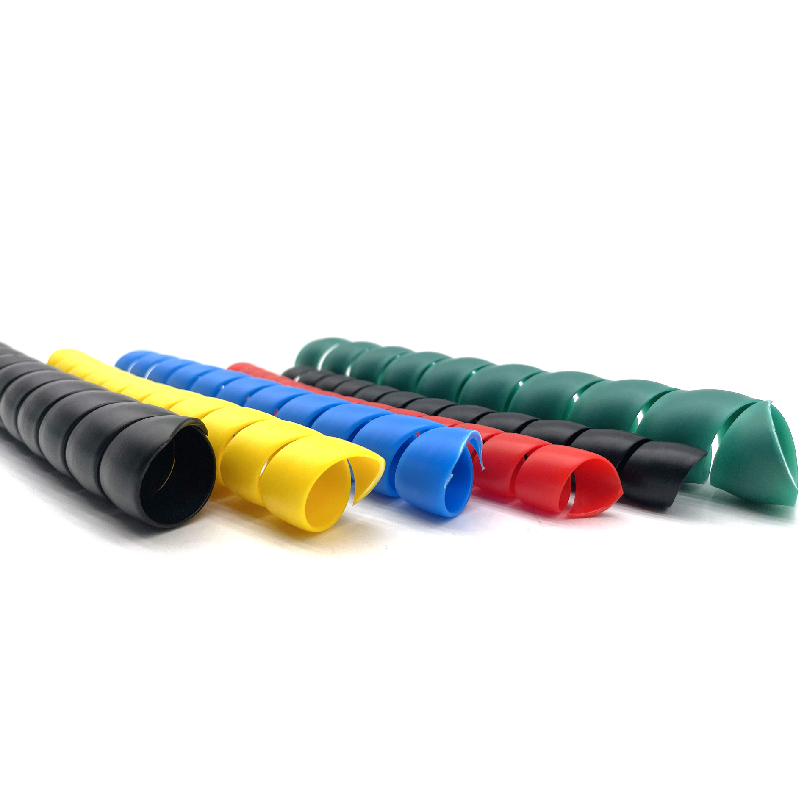Understanding Plumbing Pipe Couplings and Their Importance in Pipe Systems
Understanding Plumbing Pipe Couplings Types, Uses, and Best Practices
In the world of plumbing, various components work together to ensure that water flows seamlessly through pipes, fixtures, and appliances. Among these essential components is the plumbing pipe coupling, which serves as a critical connection point between two segments of pipe. This article explores what plumbing pipe couplings are, the different types available, their uses, and best practices for installation and maintenance.
What is a Plumbing Pipe Coupling?
A plumbing pipe coupling is a device used to connect two pieces of pipe, allowing water, gas, or other fluids to pass through without leakage. Couplings can vary in size and material, depending on the type of pipes being joined and the specific application. They come in various configurations to accommodate different plumbing needs, making them a versatile and indispensable part of any plumbing installation.
Types of Plumbing Pipe Couplings
1. Rigid Couplings These are solid components that join two pipes in a straight line without allowance for movement. Rigid couplings are typically used in systems that do not experience expansion or contraction due to changes in temperature, such as cold or hot water supply lines. Common materials for rigid couplings include PVC, copper, and galvanized steel.
2. Flexible Couplings Unlike rigid couplings, flexible couplings allow for some movement between connected pipes. They are particularly useful in situations where pipes may expand or contract, such as in environments with fluctuating temperatures. Flexible couplings often incorporate rubber or other elastic materials to absorb shocks and vibrations.
3. Union Couplings These are specialized couplings designed for easy disconnection. They consist of three parts two halves that fit onto the pipes and a central nut that holds them together. Union couplings are ideal for installation in tight spaces or for applications where frequent disassembly is necessary, such as connecting a sink to a drain line.
4. Screw Couplings Often used in gas lines and certain plumbing applications, screw couplings feature threads that allow them to be securely tightened around the connected pipes. They provide a robust connection and are less susceptible to leaks than some other types, making them a popular choice in various plumbing installations.
5. Compression Couplings These couplings use a compression fitting to create a watertight seal between two pieces of pipe. Compression couplings are favored for their ease of installation and reliability. They often feature a ring that tightens down onto the pipe as the fitting is turned, creating a secure joint without the need for soldering or welding.
Uses of Plumbing Pipe Couplings
plumbing pipe coupling

Plumbing pipe couplings are employed in a wide array of plumbing applications, including
- Water Supply Lines Couplings help to extend and connect pipes in residential and commercial plumbing systems, ensuring a continuous flow of water. - Drainage Systems They play a vital role in connecting sections of drainpipes, allowing for the efficient removal of wastewater. - Gas Lines In gas plumbing, couplings ensure secure and leak-proof connections, critical for safety and functionality. - HVAC Systems Couplings are also used to connect ductwork in heating, ventilation, and air conditioning systems.
Best Practices for Installation and Maintenance
To ensure the longevity and effectiveness of plumbing pipe couplings, follow these best practices
1. Correct Sizing Always use couplings that are appropriately sized for the pipes being connected. Using the wrong size can lead to leaks and potential system failure.
2. Material Compatibility Ensure that the materials used for couplings are compatible with the pipes and the fluids being transported to prevent corrosion or leaks.
3. Proper Installation Follow the manufacturer’s instructions for installation. Ensure that all connections are tight and secure, checking for proper alignment before tightening.
4. Regular Inspections Periodically inspect couplings for signs of wear, corrosion, or leaks. Address any issues promptly to avoid more significant problems down the line.
5. Use of Sealants When appropriate, consider using pipe thread sealant or Teflon tape on threaded connections to improve sealing and reduce the risk of leaks.
In conclusion, plumbing pipe couplings are fundamental components in any plumbing system. Understanding their types, uses, and proper maintenance can significantly enhance the performance and durability of plumbing installations. Whether you are a professional plumber or a DIY enthusiast, having a strong grasp of how to utilize couplings is essential for successful plumbing projects.
-
Ultimate Spiral Protection for Hoses & CablesNewsJun.26,2025
-
The Ultimate Quick-Connect Solutions for Every NeedNewsJun.26,2025
-
SAE J1401 Brake Hose: Reliable Choice for Safe BrakingNewsJun.26,2025
-
Reliable J2064 A/C Hoses for Real-World Cooling NeedsNewsJun.26,2025
-
Heavy-Duty Sewer Jetting Hoses Built to LastNewsJun.26,2025
-
Fix Power Steering Tube Leaks Fast – Durable & Affordable SolutionNewsJun.26,2025

